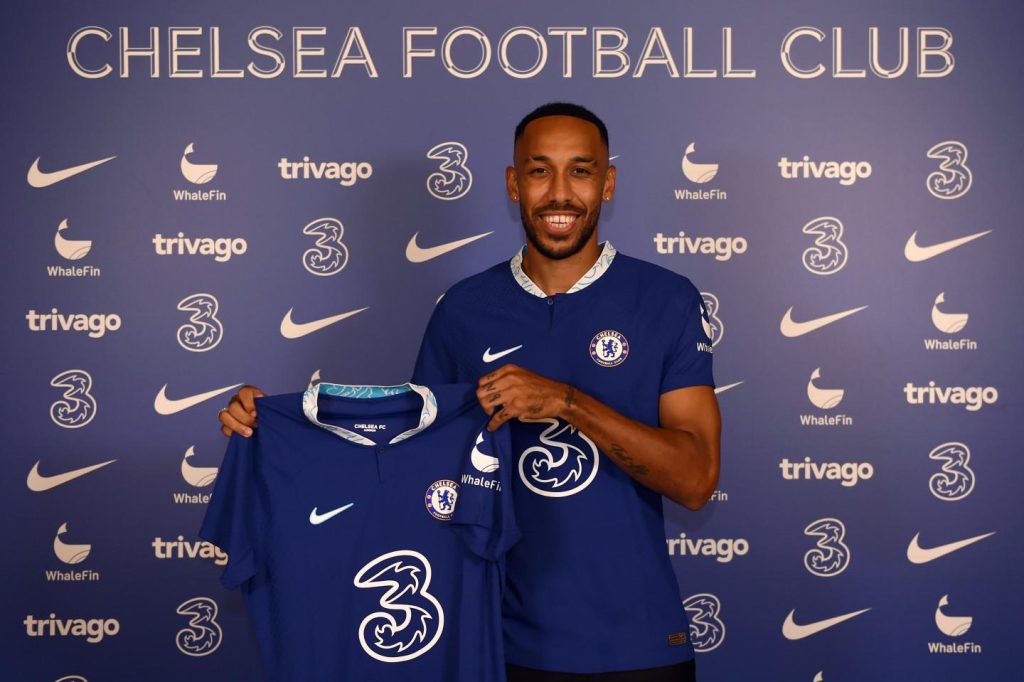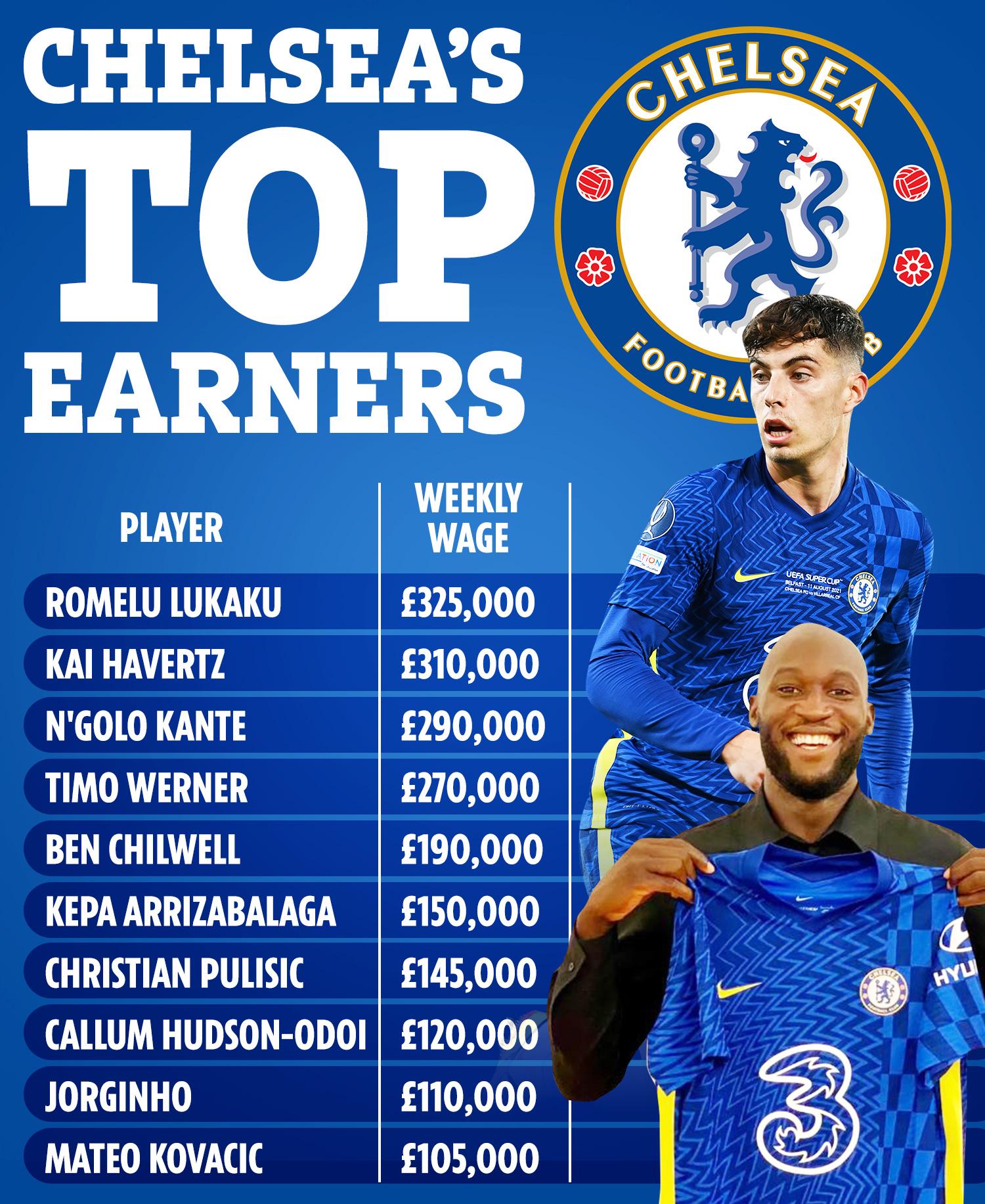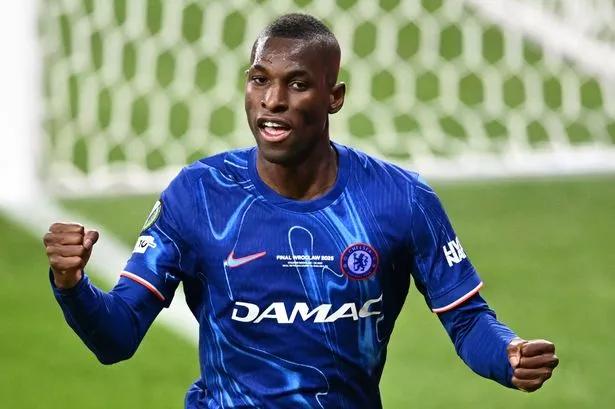In the swirling maelstrom of football’s transfer theatre, few stories captivate like that of a high-profile star suddenly seeking an exit – especially when the stakes hover at a staggering £195,000 a week. Chelsea’s marquee player, once emblematic of unwavering loyalty and ambition, now finds himself at a crossroads, his desire to move on no longer a whisper but a compelling push. Behind the scenes, the club’s hierarchy, led by the pragmatic Maresca, faces an unenviable dilemma: to cling to their prized asset or capitulate to financial and strategic pressures by sanctioning a sale. As tensions mount and negotiations intensify, this unfolding saga promises to reshape Chelsea’s blueprint and reverberate across the footballing world.
Chelsea’s High-Earning Star Signals Departure Amidst Club’s Financial Pressures
Amid escalating financial challenges, Chelsea faces a testing period as one of their top earner, drawing a staggering £195,000 per week, now actively signals a desire to leave Stamford Bridge. The player’s growing frustration stems not only from the club’s off-field uncertainties but also from the lack of clarity surrounding its long-term strategy. This development has compounded the pressure on the club’s new technical director, Paolo Maresca, who finds himself navigating a complex puzzle of balancing financial prudence with maintaining competitive strength on the pitch.
In order to manage the payroll and avoid a looming wage crisis, Maresca is reportedly considering a range of bold moves, including:
- Negotiating sales of high-value players to free up salary space.
- Exploring strategic loan deals to reduce wage burden without weakening the squad significantly.
- Pursuing younger, cost-effective talents as part of a broader squad overhaul.
These maneuvers highlight a transition phase at Chelsea, where balancing financial viability with sporting ambition is proving increasingly intricate. The star’s exit, while painful in the short term, may serve as a necessary step toward restoring the club’s long-term stability and ambition.
Analyzing The Impact of Maresca’s Forced Sale Strategy on Team Dynamics
Behind the scenes at Chelsea, the ripple effects of Maresca’s compelled decision to offload a high-wage star are already palpable within the squad. The player in question, earning a staggering £195k-a-week, is reportedly eager to move on, stirring uncertainty among teammates and coaching staff alike. Such a high-profile exit inevitably challenges the existing team hierarchy and chemistry, forcing players to recalibrate their roles both on and off the pitch. The squad’s balance is delicately teetering as leadership struggles to maintain cohesion amid whispers of unrest and ambition-driven departures.
From a tactical standpoint, Maresca’s forced sale strategy is a double-edged sword. While it undeniably provides financial relief and flexibility to pursue fresh talent, it also disrupts established gameplay patterns molded around the star’s unique skill set. Players are now tasked with adapting to novel formations and increased responsibilities, which can either foster resilience or highlight vulnerabilities. Key impacts include:
- Shift in leadership dynamics: New leaders must emerge to fill the void left by the departing player.
- Adjustment period: The team requires time to re-establish rhythm and fluidity without its former linchpin.
- Morale fluctuations: Uncertainty about the club’s direction may affect player motivation and focus.
Navigating The Transfer Market: Strategic Recommendations for Maximizing Player Value
In the high-stakes environment of modern football, clubs must approach the transfer market with tactical precision to protect their investments and enhance squad depth. For a £195k-a-week star now openly “pushing” for an exit, the key lies in balancing urgency with strategic patience. Chelsea, or any club in a comparable position, should leverage dynamic valuation models to monitor real-time market interest and player performance trends. This approach allows for a flexible negotiation stance that can transform potential departures into lucrative opportunities. Understanding a player’s contract length, injury history, and off-field influence also plays a pivotal role in setting realistic asking prices and avoiding value depreciation during protracted transfer sagas.
Implementing these strategies can include:
- Engaging in early dialogue with interested parties to assess market appetite and timing
- Exploring creative deal structures such as swap agreements, performance-based add-ons, or sell-on clauses
- Utilizing data analytics to highlight a player’s recent form and potential upside to prospective buyers
- Maintaining open communication channels with the player to minimize disruption in squad morale
By adopting such tailored and multi-dimensional tactics, clubs avoid forced sales that undervalue assets. Instead, they create environments where player exits become aligned with both financial prudence and sporting ambition, ensuring reputational strength and future transfer leverage remain intact.
Balancing Wage Bills and Squad Strength: Tactical Approaches for Chelsea’s Future Success
Navigating the challenges of maintaining a competitive squad while respecting financial constraints requires strategic finesse. Chelsea’s current dilemma-involving a £195k-per-week star seemingly eager to leave-exemplifies how balancing wage demands with squad depth is critical for sustainable success. Tactical approaches must prioritize optimized salary structures that deter bloated payrolls without sacrificing the quality and experience within the squad. This means proactively identifying high-earners who may no longer fit the club’s long-term vision and integrating smarter recruitment-targeting emerging talents and value-for-money signings capable of delivering impact without burdening the wage bill.
Club management under Maresca’s leadership is pressed into action, understanding that tough decisions are necessary to regain competitive harmony. The transfer market becomes a vital tool for rebalancing and squad rejuvenation. Key tactical maneuvers include:
- Strategic sales to free up significant wage space and fund future signings
- Loan agreements designed to develop younger assets while easing financial strain
- Performance-based contract incentives to align player remuneration with actual contributions
By applying these principles, Chelsea can sculpt a resilient and cost-effective squad that merges ambition with fiscal responsibility, ensuring longevity at the highest level.
As the dust settles on yet another tumultuous chapter at Chelsea, the £195k-a-week star’s growing restlessness signals more than just personal ambition-it underscores the seismic shifts rippling through the club’s corridors. With Maresca compelled to make tough decisions amid mounting pressures, this looming exit could mark a pivotal turning point in Chelsea’s quest for stability and resurgence. For fans and pundits alike, the next few weeks promise a saga defined not just by boardroom manoeuvres, but by the fate of one of their most high-profile talents. In football, as in life, change is the only constant-and at Chelsea, it’s arriving with an undeniable urgency.






